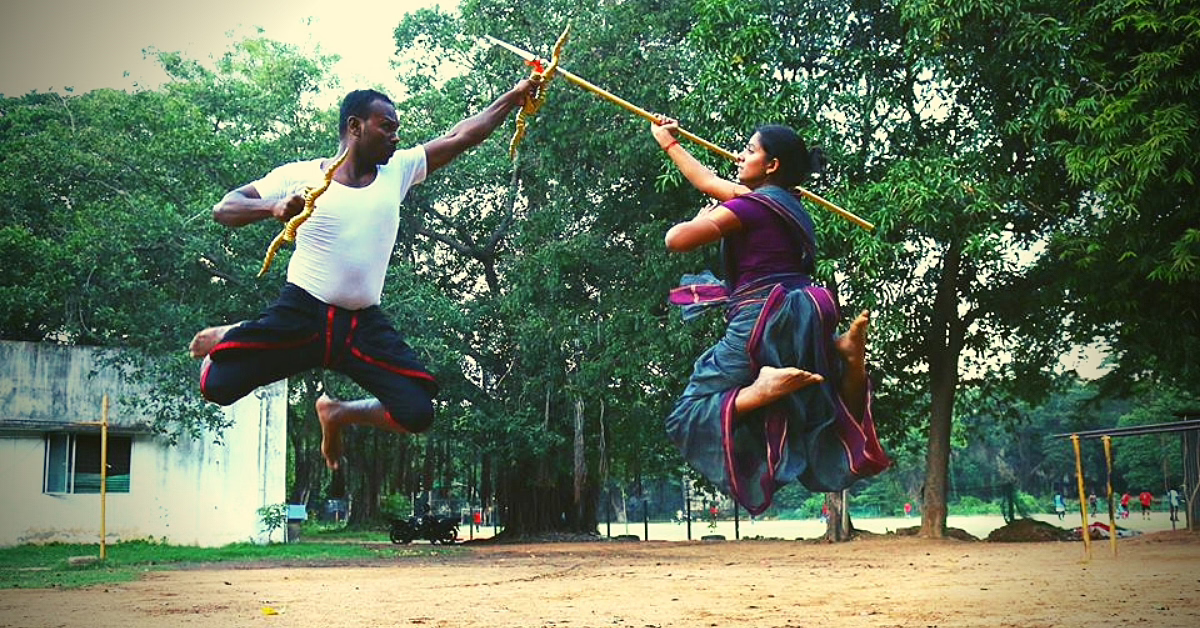
SILAMBAM
- Silambam is a weapon-based Indian martial art originating in South India in the Indian subcontinent.
- This style is mentioned in Tamil Sangam literature.
- References in the Silappadikkaram and other works of the Sangam literature show that Silambam has been practiced since at least the 4th century BC.
- It derives from the Tamil word silam, meaning hill. The term silambambu referred to a particular type of bamboo from the Kurinjimala (kurinji hills) in present-day Kerala.
- Thus silambam was named after its primary weapon, the bamboo staff.
- Along with bamboo staff other weapons like animal horns, sickle, whip etc. are used sometimes.
- The ancient city of Madurai formed as the point of focus of Silambam’s spreading. The Silambam staff was acquired by the Egyptians, Greeks and Romans and was spread back to the Middle East, Europe and North Africa.
- It is closely linked to the Kerala martial art kalaripayattu.
- The first stages of Silambam practice are meant to provide a foundation for fighting, and also preparatory body conditioning. This includes improving flexibility, agility, and hand-eye coordination, kinesthetic awareness, balance, strength, speed, muscular and cardiovascular stamina.
- Kuttu Varisai – Kuttu Varisai is the unarmed combat component of Silambam and also a stand-alone martial art. It contains animal forms.
